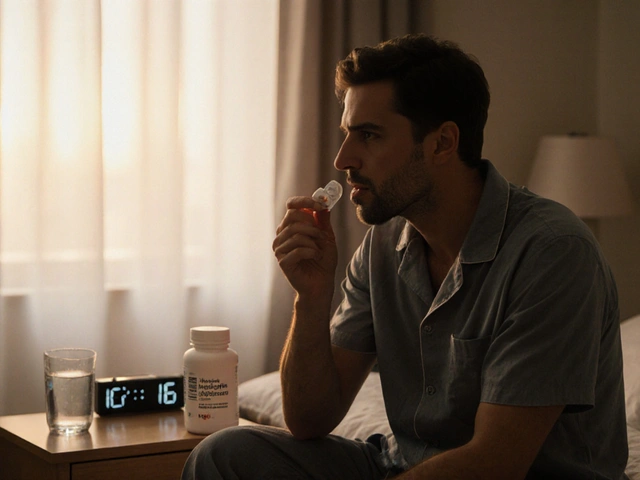
Blood Sugar Control – Simple Tips to Keep Your Glucose in Check
If you’re trying to manage blood sugar, the first step is knowing what moves your numbers up or down. Food, activity, stress, and sleep all have a say. Below are practical steps you can start today without needing a pharmacy visit.
Everyday habits that stabilize glucose
Start with meals. Choose carbs that digest slowly – think whole grains, beans, and veggies. Pair them with protein or healthy fat; this slows sugar spikes. A typical plate could be half veggies, a quarter lean protein, and a quarter whole grain.
Don’t skip breakfast. A balanced start prevents the body from over‑producing glucose later. Try Greek yogurt with berries and a sprinkle of nuts – quick, tasty, and steady for your blood sugar.
Move regularly. Even a 15‑minute walk after meals helps muscles use extra glucose. If you’re busy, set a timer to stand up and stretch every hour; those mini bursts add up.
When to talk to a doctor
If home steps aren’t enough, it’s time for professional advice. Signs include fasting sugar over 100 mg/dL, frequent thirst, or blurry vision. A doctor may suggest medication like metformin, which improves the body’s response to insulin.
Blood‑sugar testing is key. Keep a log of readings, meals, and activity for at least two weeks before your appointment. This gives the doctor clear data to decide on meds or dosage changes.
Remember, supplements aren’t magic. Some people find cinnamon or berberine helpful, but they work best with diet and exercise. Always ask a healthcare professional before adding anything new.
In short, steady glucose comes from consistent meals, regular movement, and good sleep. Track your numbers, know when to seek help, and you’ll stay on top of blood sugar without guessing.
-
3 Jul







